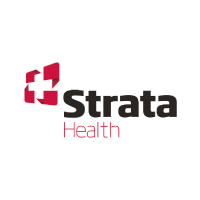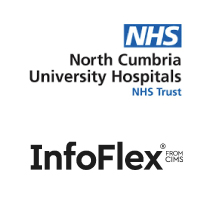Think regionally, succeed nationally: making NHS interoperability happen
Peter Anderson, Managing Director of Healthcare Gateway discusses interoperability within the NHS.
The new NHS Long-Term Plan aims squarely for mainstream digitally-enabled care, and patient record sharing is one of its foundations. Without it, the much-heralded digital transformation will simply not happen. But with NHS IT still fractured into disconnected silos, how can we move towards it?
Matt Hancock’s energetic drive for open standards and a modern Internet-based, mobile-first “plug and play” IT infrastructure is taking us in the right direction. Incumbent vendors must upgrade their systems to become interoperable. And national open standards are vital and should be enforced. As a participant in bodies like PRSB and INTEROPen, I say more power to him.
But even if we had all the necessary standards today, it could take years to build on them. New software components must be written, and existing systems upgraded.
As well as top-down focus, we need renewed regional effort to get UK record sharing moving, with CCIOs and CIOs in NHS trusts accepting and working with current standards and today’s systems. Applying commonsense, proven – yet often ignored – IT project delivery capability and being open minded about what they add to their integration toolkits will help them give clinical users the information they need.
There is no secret recipe to the interoperability success stories I’ve seen over decades of working in NHS IT. They aren’t over-ambitious and instead recognise that they are on a journey. They identify the data sources with the most clinical value, check if they are available and prioritise them for integration. They plan for the long term but deliver benefits quickly to keep clinical users motivated.
So, we need to be very clear about early objectives and ensure full clinician engagement. Build project teams and make sure you second clinicians to them, forming a core project team that will stay the course. The lure of the “big bang” approach traps so many, for example, trying to make source-system data perfect before allowing it to be shared. Better to accept the existing data quality – but add a data cleansing and enhancement strand to the roadmap.
There’s no need to make every system talk to every single other one right away either. The Bristol, North Somerset & South Gloucestershire Connecting Care project started by giving social care out-of-hours access to primary care records, then progressed to an HTML view of community care data. Choosing that approach rather than full interoperability let most of the clinical benefit arrive very quickly.
Clinicians within Connecting Care now use Healthcare Gateway’s Medical Interoperability Gateway (MIG) to access 180,000 views of patient records every month, as well as sharing discharge letters and clinical correspondence with a wide range of health and social care organisations.
Of course, the foundations must be right for the future too. The infrastructure must be flexible and scalable enough to cope with more users and extra connected systems. And it has to keep working when the source systems do finally talk to each other as standard.
For the same reasons, creating the right data sharing consent model allows programme expansion without having to go back to the stakeholders and re-engage every time. Projects we’ve worked on like the Great North Care Record in the northeast of England implemented clear “umbrella” consent policies that let their long-term data sharing programmes grow steadily.
Actions like planning for data consent and stakeholder consultation might seem obvious. After all, they are standard IT best practice. But so often, after agreeing on a sensible way to proceed, a project bogs down in bureaucracy. It’s too easy to get sucked into waiting for some future decision which you have no control over.
Adopting national standards is another example of where this has been happening. Of course, the NHS is rightly a risk-averse organisation but finding ways to speed up connectivity approval processes would really help make common standards widely used and accepted.
There are plenty of good case studies to learn from, like the OneLondon LHCRE programme that Matt Hancock highlighted in his “The Future of Healthcare” policy paper last autumn. It covers a patient population of around 6.3 million and the MIG is one of several proven solutions involved, currently supporting around 1.2 million views of patient data every month.
By connecting legacy technology region by region using the effective tools already available, the NHS can steer towards the common goal of nationwide record sharing while steadily introducing new national data mobility standards and the software that complies with them.
Recent news articles
Contact us
To find out more about our solutions, get in touch.






